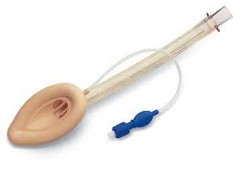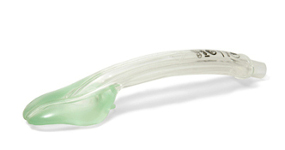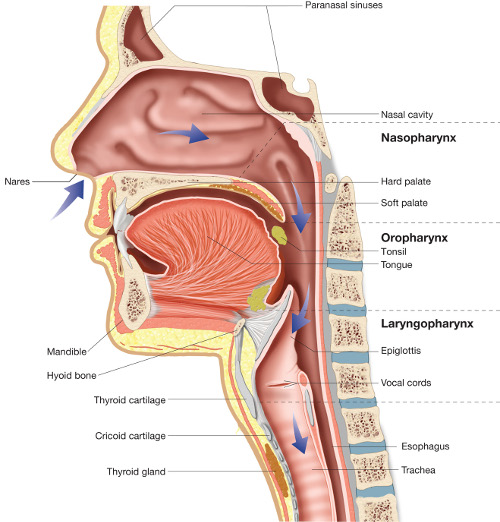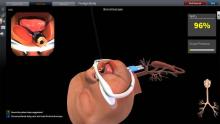What is an airway ?
The airway or breathing passage is the pathway through which air flows into your lungs. This starts from your nose and mouth, it includes your throat, windpipe and lungs.
What is airway management? Why do anaesthetists need to manage my airway?
When you are anaesthetised (put to sleep) your breathing requires special care because of the anaesthetic. Oxygen needs to be provided and other gases eliminated from your lungs. Your breathing passages need to be protected from soiling from stomach contents during an anaesthetic. These two important functions are achieved by the insertion of a special breathing tube into your windpipe.
Depending on the type of operation, a different device called the Supra-glottic airway may sometimes be inserted instead of the tube. This rests above your windpipe and helps breathing and ventilation.
The following are some of the commonly used devices.
 |  |  |
| Endotracheal tube | Supraglottic Airway | |
| Laryngeal mask airway | I-Gel | |
How and when is this device(airway) inserted?
This is normally inserted when you are asleep and taken out after the operation as your are just about to wake up or immediately after your wake up. You would therefore not be aware of this device going in. Sometimes you may be briefly aware of this device in your airway just before it is taken out.
What are the side-effects / risks?
Anaesthetists undergo rigorous training in the placement of this devices. Therefore they are very safe. The commonest side effect is mild to moderate sore throat for a day or two following an anaesthetic. This gets better on its own.
Some of the uncommon complications include damage or injury to teeth, lips, bleeding in mouth or nose. Serious complications are extremely unlikely to happen and occur only when there is major difficulty during the placement of these devices. These may include brain damage due to starvation of Oxygen and death.
What is a difficult airway?
Millions of general anaesthetics are done in the UK every year and the airway management on a vast majority of them are straightforward and easy. However sometimes it can be tricky to place an airway device. Some of the reasons for this are - difficulty in opening your mouth, injury or swelling of airway, growth in mouth or neck, radiotherapy to mouth and neck.
Anaesthetists are trained to assess patients before an anaesthetic and majority of the time are able to deduct if there is likely to be a difficulty. In very rare circumstances there may be unexpected difficulties despite due care.
NAP4(National Audit Project 4) was a landmark study conducted by the Royal College of Anaesthetists, UK in 2010-11 to analyse such situations. This study received 186 reports of serious complications out of 3 million anaesthetics.
What is the role of DAS?
Anaesthetists need to ensure your breathing is adequate and safe once you are asleep. Often there is only a very short period of time to achieve this. In majority of patients this is very easily done. But as mentioned before there are very rare situations when difficulty is encountered. DAS produces guidelines which enable anaesthetists to perform this safely even when unanticipated difficulty is encountered.
The DAS guidelines are followed with high regard not only in the UK but worldwide, by anaesthetists and other healthcare professionals involved in managing patients airway.
How is a difficult airway managed ?
Anaesthetists have a number of instruments and techniques at their disposal which facilitate the placement of the airway devices in difficult airways. In rare situation when major difficulty is anticipated your anaesthetist may discuss with you about placing the device when your are awake. You need not worry about this as the steps will be explained to you in detail and it will be done only with your consent. With modern techniques an airway device can be placed in a patients airway with least discomfort. Placing an airway while awake ensures safety as you are still breathing on your own.
Please see our leaflet on awake intubation for further details.
Written by Dr K Ponnusamy
Consultant Anaesthetist
East Kent Hospitals University Foundation NHS Trust

